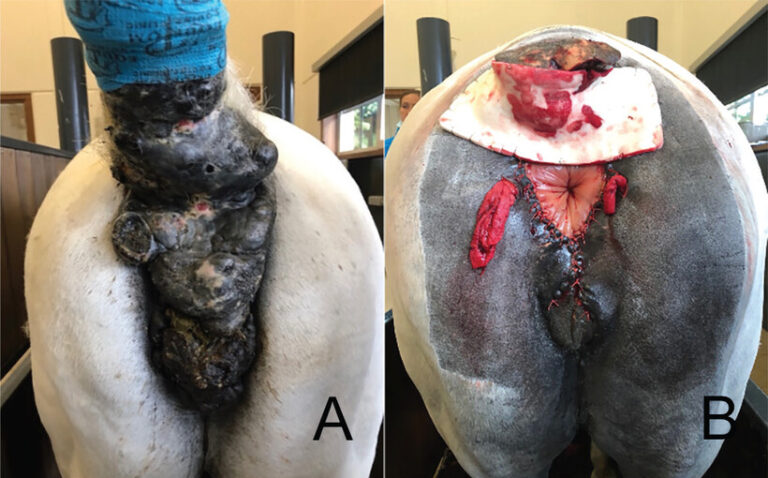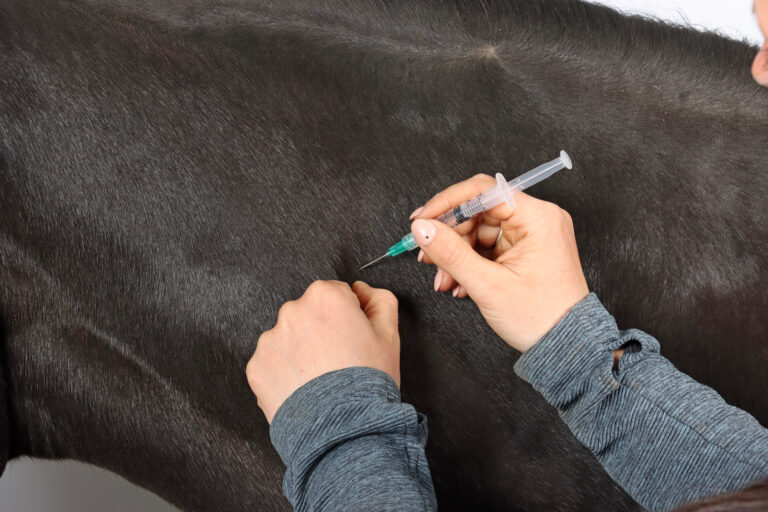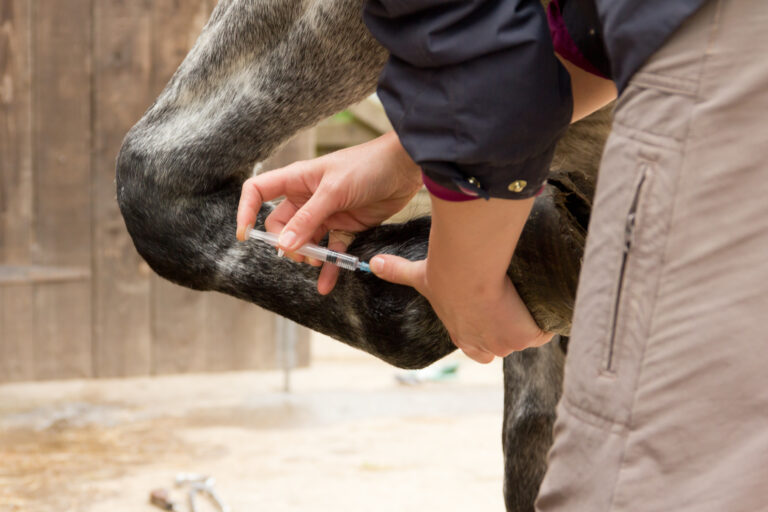
Older equine veterinarians probably learned during their veterinary education that small melanomas should be left alone because attempts at removal tend to “anger” them and induce metastasis. However, at the 2019 AAEP Convention, Derek Knottenbelt, OBE, MRCVS, sought to put this old wives’ tale to rest.
He showed photos of case after case of melanoma that became more aggressive and invasive with time.
He emphasized that it is a progressive disease that has space-occupying adverse effects. Knottenbelt aslo said melanoma lesions progress to malignancy in 70% of cases.
There are only three sites in the body where natural melanocytes occur normally: a) iris and retinal pigmented epithelium; b) skin; and c) the inner ear.
Dissemination to internal organs often begins with a skin lesion. He stated, “Internal melanoma must derive from an external source and occurs via metastatic spread.”
Internal lesions are found in the parotid salivary glands, mediastinal lymph nodes, guttural pouch, spleen, brain, spinal cord or just about anywhere in the body, with one exception. Melanoma is not usually found in the lungs. Better said, the lungs tend to filter out the number of melanocytes entering the circulation with the potential to decrease the extent of metastatic spread.
Knottenbelt advised practitioners that the time to treat and manage equine melanoma tumors on the skin is at the immediate time of recognition.
Small skin tumors are readily excised with ample margins with little problem. It is no longer advisable to follow the old dogma of just watch and monitor.
He noted that contrary to unsubstantiated past thinking, skin intervention does not exacerbate growth or metastatic dissemination since it is known that early micro-metastasis occurs; surgical excision is not the stimulation for metastasis.
The take-home message from Knottenbelt is that melanomas get bigger, become more difficult to manage, and become more dangerous.
No matter the size, the recommendation is to remove the tumor as best as possible when first identified. Other therapies are available, such as injection with high doses of mitomycin C to shrink the tumors, and the Oncept® vaccine is beneficial for 50% of cases.




